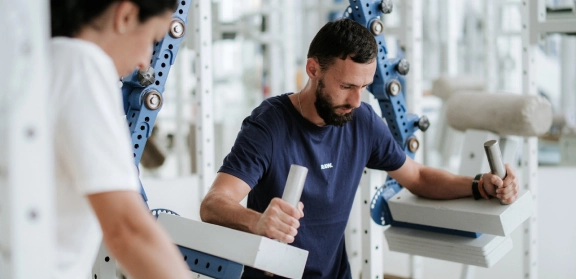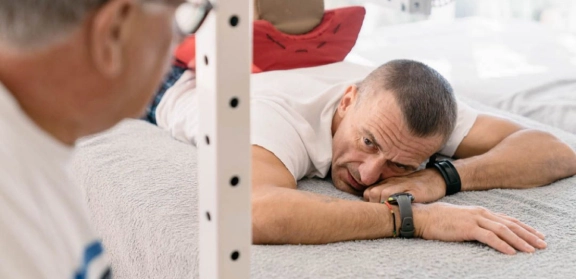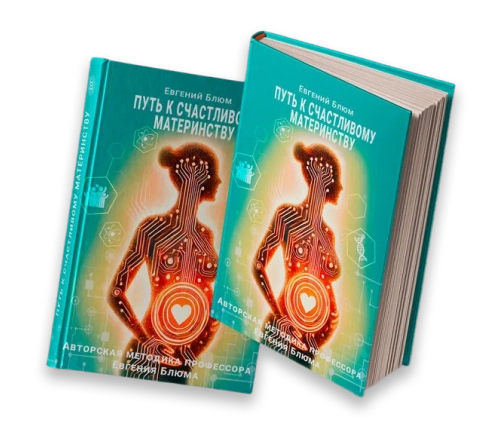Head injuries
Why rehabilitation is important
To achieve the best results, rehabilitation after a traumatic brain injury should start immediately after the patient's condition is stabilized. Properly organized and timely rehabilitation determines the speed and extent of recovery of lost functions, preventing complications and long-term consequences of the injury.
The strategy and tactics of restorative treatment based on Professor Blum's method are rooted in an imperative mode — external physical impact. This significantly increases the speed and effectiveness of the body's natural healing, renewal, and self-integration mechanisms.
Types of injuries we treat
The main conditions resulting from traumatic brain injury that are treated at the Centre can be divided into six groups:
- Skull bone fractures
- Brain concussions and bruises
- Brain hemorrhages and subdural hematomas
- Post-brain surgery conditions
- Cranial nerve damage
- Consequences of birth injury
Proprietary methodology
The Centre uses proprietary therapeutic and rehabilitation technologies based on stimulating muscle-fascial-tissue pumps, optimising the circulation of blood, lymph, cerebrospinal fluid, and synovial fluid. By inducing a response from the injured tissues and adjacent organs to external cyclic wave impact, the methodology allows our patients to achieve the maximum possible results, fundamentally restoring lost functions.
For each patient, and at each stage of rehabilitation and treatment period, custom exercise equipment and devices are assembled. A personal instructor works with the patient, applying an eccentric mode of physical impact on the body according to the individual program. The rehabilitation program is developed considering the complexity, severity, age, scope, depth of the injury, performed surgeries, the patient's age, and overall life resource level.
The goal of restorative treatment is the maximum restoration of functions and skills as a result of coordinated functions of the entire body. This is possible only by following the sequence of rehabilitation stages:
First, the injury zone is restored, eliminating the consequences of compression, crushing, ruptures, crush syndrome, hemorrhages, secondary scars, and adhesions.
Second, lost functions are restored, eliminating paralysis, paresis, hyperkineses, contractures, bone and joint deformities, and atrophies.
-
Eliminate paresis, paralysis, and coordination disorders
-
Restore lost brain functions
-
Recover speech, vision, and smell
-
Improve memory and intellectual performance
-
Normalize intracranial pressure and regulate internal organ functions
-
Eliminate spasticity, contractures, and joint deformities
Objectives of the program
-
Local tissue restorationLocal tissue restoration at the trauma epicentre, eliminating the risk of scar formation, and minimising secondary inflammation and adhesions.
-
Restoration of the entire brainRestoration of the entire brain, its membranes, skull bones, sinuses, blood vessels, and nerves in the injured region.
-
Overall recovery at the organism levelOverall recovery at the organism level—optimal symmetry, correct head positioning, correction of muscle-joint balance of the spine and other joints.
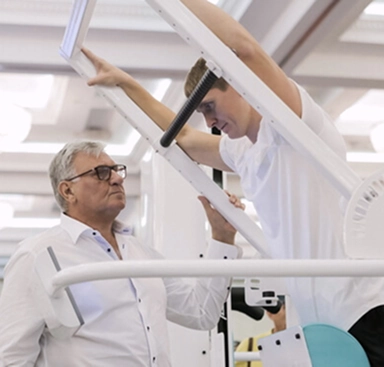
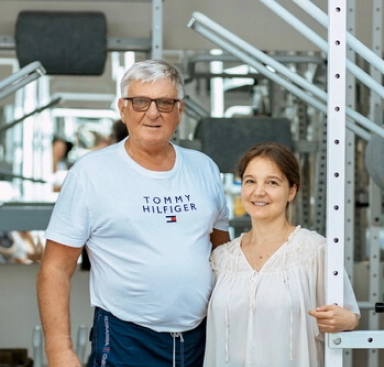
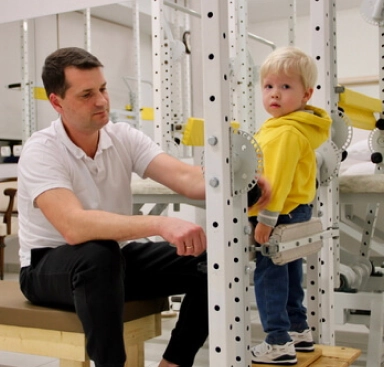
Patient stories
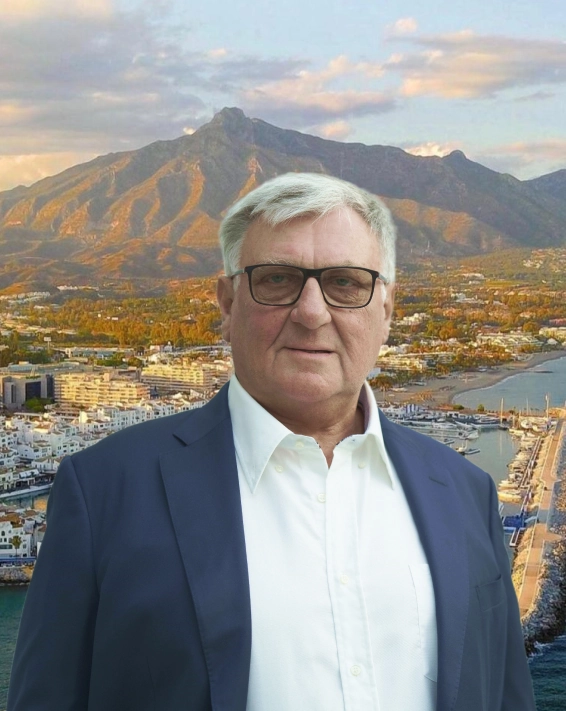
Professor Blum’s Exclusive Rehabilitation System

For Your Convenience, the Sierra Blanca Resort Spa Hotel is Open on the Center’s Premises. The hotel is nestled in a cedar park at the foot of La Concha Mountain, offering stunning views of the sea, Gibraltar, and the African coast from its terrace.

Sierra Blanca Resort Spa Includes:
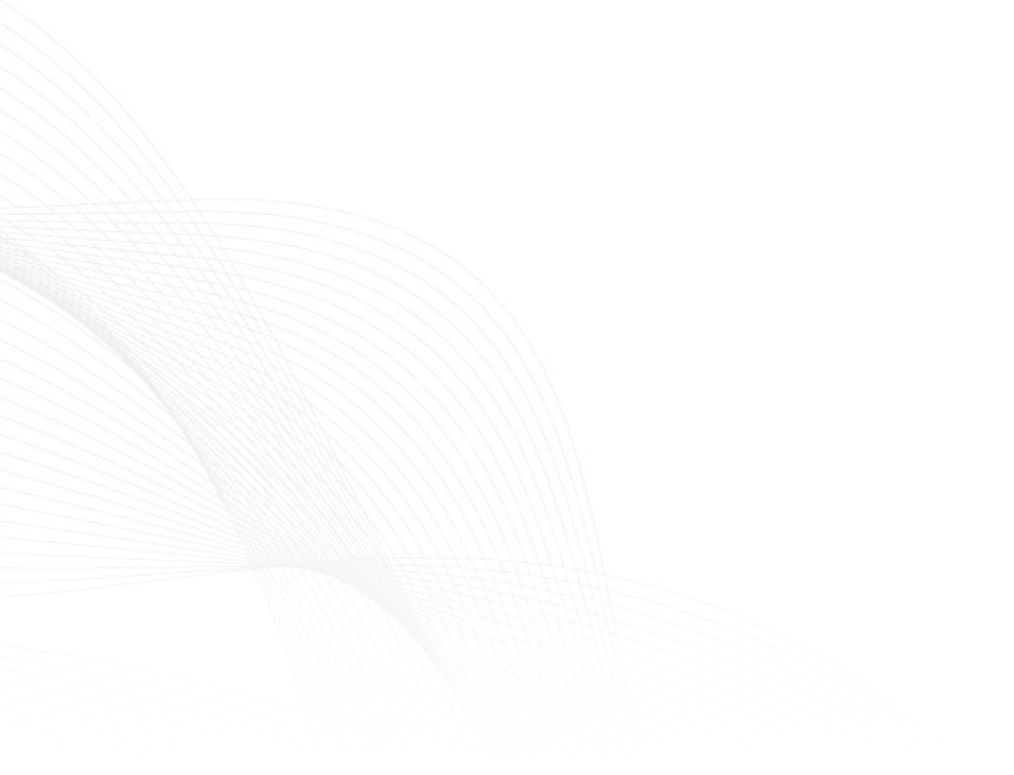
Select a program
- After skull bone fractures
- After brain concussions/bruises
- Brain hemorrhages and subdural hematomas
- After brain surgeries
- With damage to cranial nerves and blood vessels
Q&A
In terms of consequences and prognosis for overall health, birth injury is much more complex. Our approach to treating the consequences of birth injury in children can be viewed here
The complexity of the injury depends on the person's condition at the time of the incident. Minimal consequences occur when the person was unconscious or asleep: such patients suffer the least from traumatic stress and muscular shielding since the mechanisms and instincts of self-preservation did not activate. The most consequences occur when there was fear and tension from a protective reaction. The severity is related to a powerful cavitation intratissue "explosion," multiple microcracks, and tears that extend far beyond the visible boundary of the injury zone. These are difficult to diagnose but are crucial factors in planning the timing and results of restorative treatment.
This depends on the complexity of the injury, previous treatments, and the initial state of the body. To get a detailed answer, schedule a free consultation with a Centre doctor.
Yes, even after "mild" concussions, a rehabilitation course is needed to restore cerebrospinal fluid circulation, prevent risks of increased intracranial pressure, and review adjacent organs and tissues for hidden displacements and injuries, whose consequences often appear months after the injury.
The cost of rehabilitation is 600 euros per day without accommodation, from 719 euros per day with accommodation in a standard double room at the hotel on the Centre’s premises. The exact duration and cost of the treatment course are determined after consultation with the doctor.
The post-traumatic rehabilitation process is divided into several stages:
- Specialist consultation.
Online consultation with a rehabilitation therapist: review of medical history, complaints, treatment results, determination of the duration and cost of the treatment course. If necessary, a plan for additional examination is developed. -
Determination of the rehabilitation plan.
Consultation with Professor Blum and a rehabilitation therapist.
Examination, biomechanical testing, diagnosis according to the proprietary system, determination of problems and their priority, development of an individual comprehensive rehabilitation program. -
Attendance at sessions.
In accordance with the developed program, the patient attends sessions at the Centre. The rehabilitation therapist evaluates the progress and adjusts the program. -
Finishing the treatment course.
Receiving recommendations and a set of exercises to do at home.
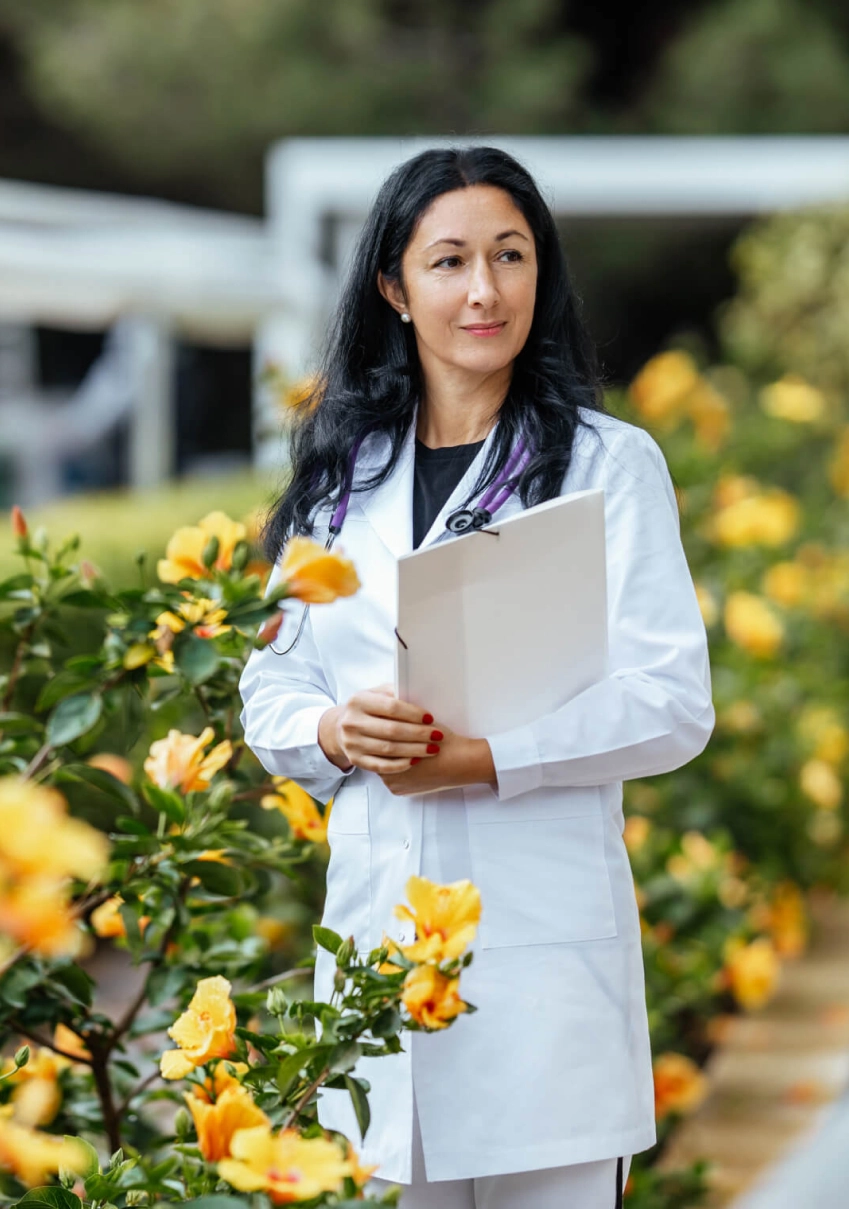
The cost of a course of treatment with a stay in a hotel
- Appointments and consultations
- Creating an individual program
- Conducting personal sessions
- Appointments and consultations
- Creating an individual program
- Conducting personal sessions
Other areas of work of our Center
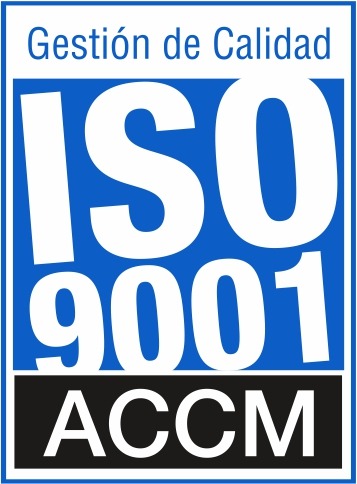






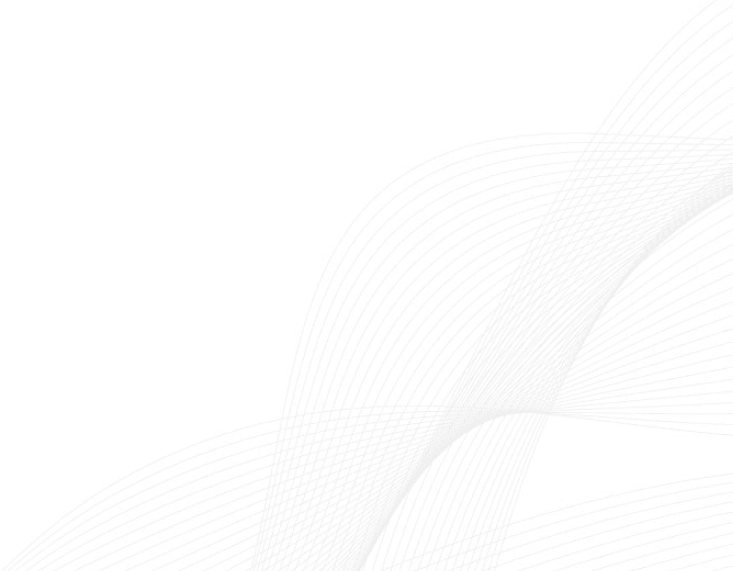
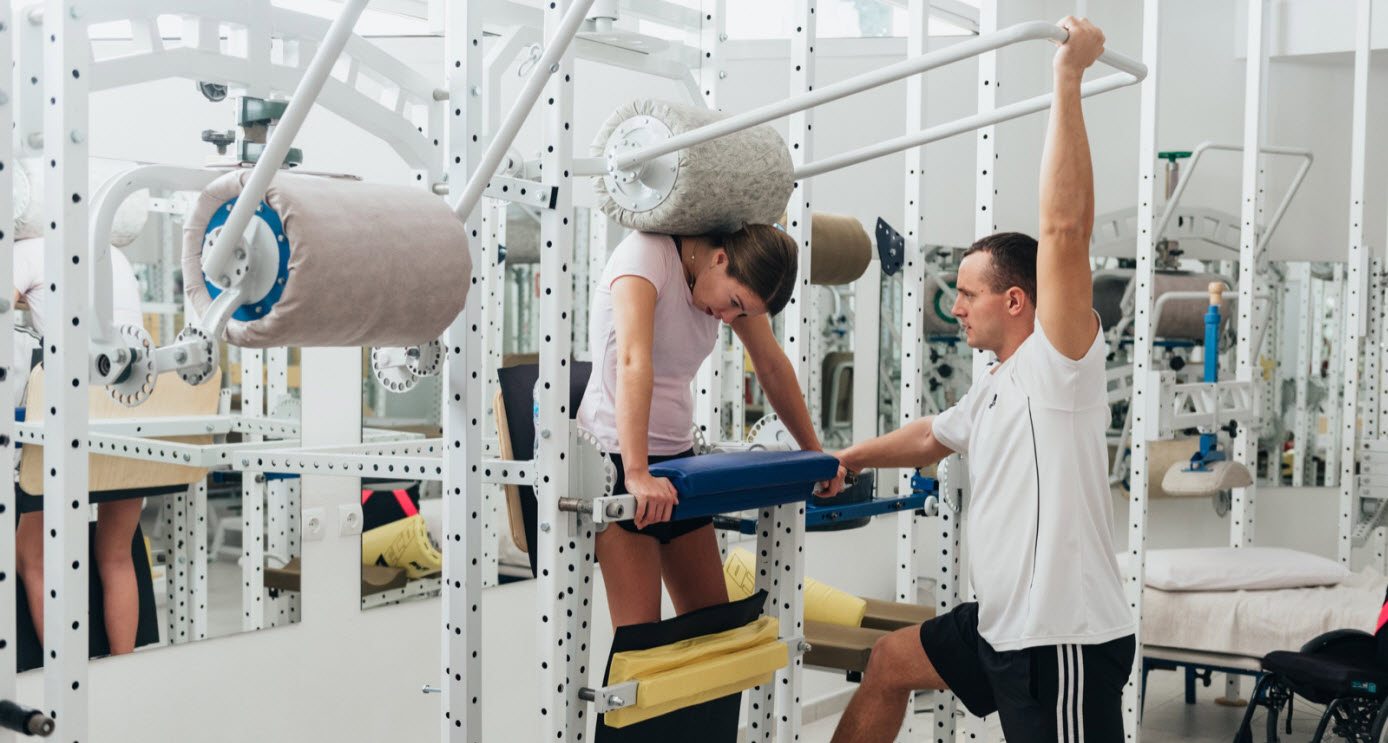
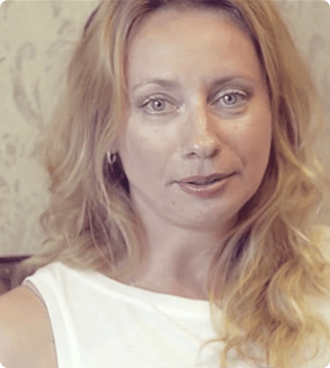

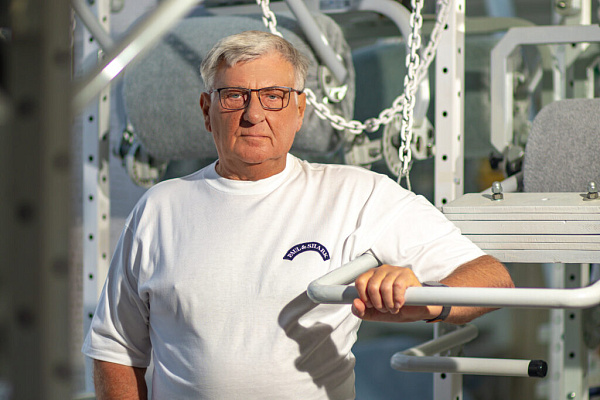
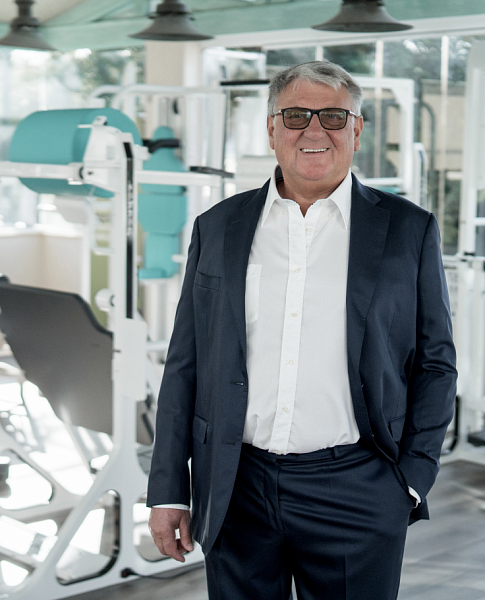

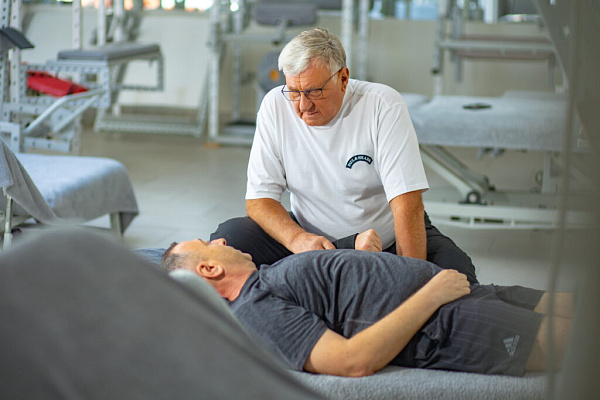
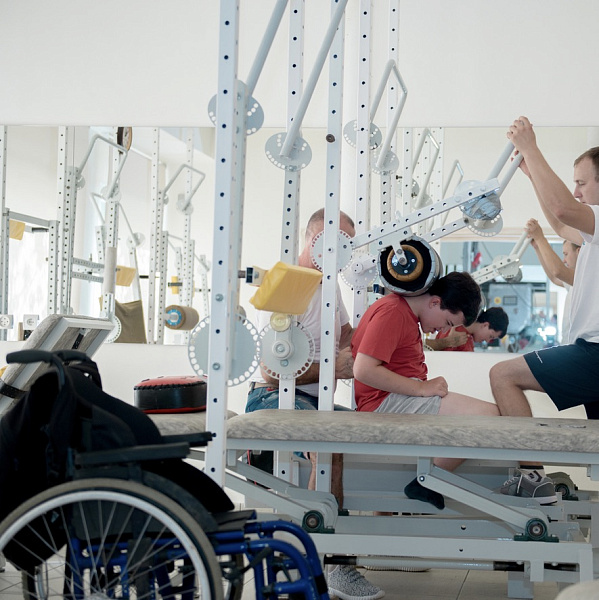
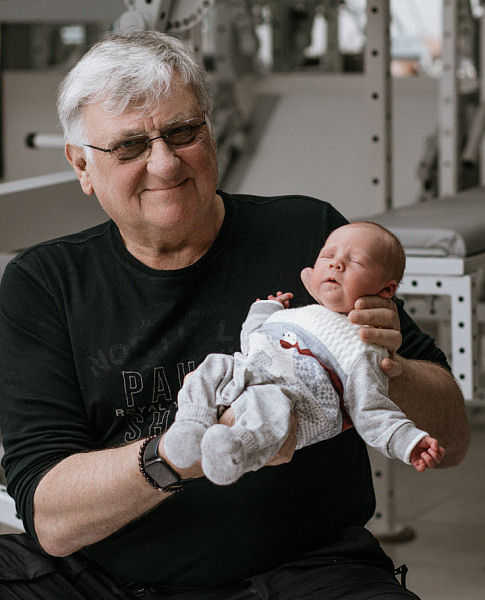
.webp)
